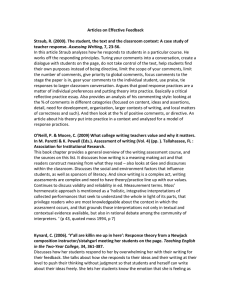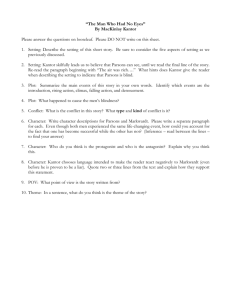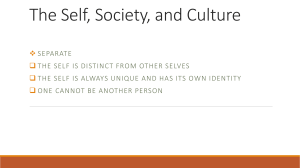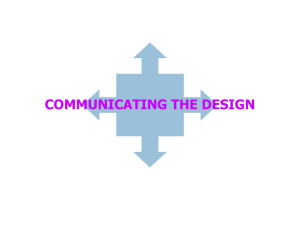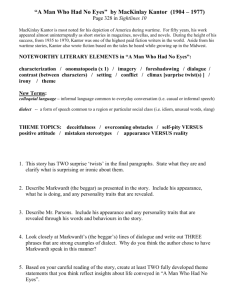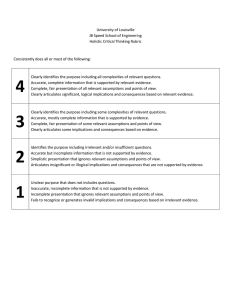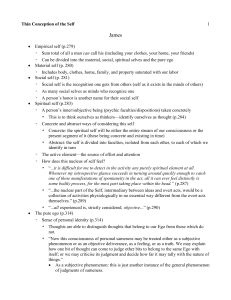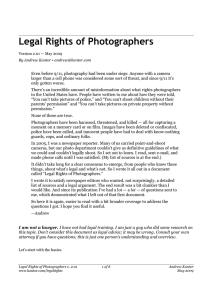LESSON 4: CREATING THE VISION
advertisement
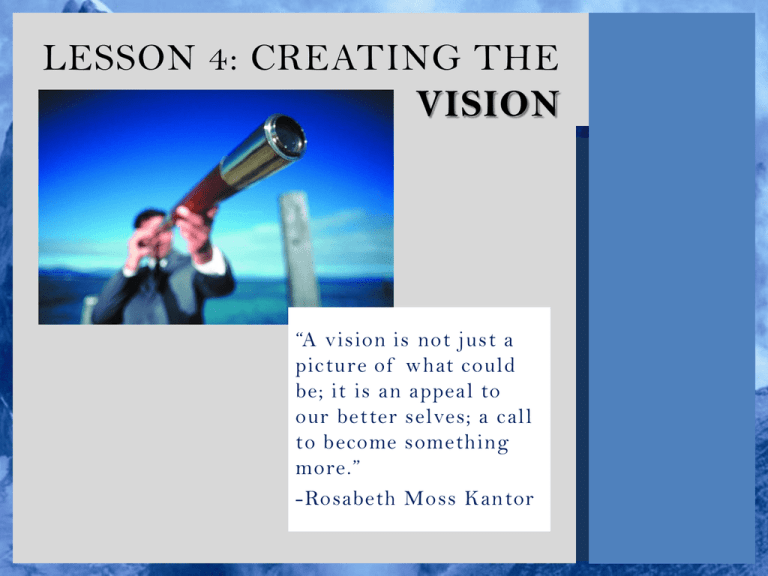
LESSON 4: CREATING THE VISION “A vision is not just a picture of what could be; it is an appeal to our better selves; a call to become something more.” -Rosabeth Moss Kantor 1. WHAT IS VISION? In his book, Managing for Results, Peter Drucker discusses having a single organizational goal for all leaders and followers. A Mission Statement describes why the organization exists while a vision describes where the organization wants to be in the future. 2. WHAT ARE THE BENEFITS OF A VISION? There is a necessity of having a vision to inspire the organization. A vision exhibits confidence about future success of an organization. 3. HOW DO YOU WRITE A VISION? First, key questions must be answered: What does your organization value? What is important? Where is it headed? It is an adventure of organizational self-master y. gives meaning and purpose. A vision is a “social mirror” that reflects what other people, customers, employees, suppliers and the public say about your organization. 4. HOW DOES THE LEADER COMMUNICATING THE VISION? The leader must be the one sharing the vision. Must show how others will benefit. Encouraging participation brings the vision to life. Acknowledge the performance through positive reinforcement . Last step is rewarding the contribution. 5. A GREAT EXAMPLE OF VISION! Martin Luther King, Jr. was a g reat role model. King said a vision must be presented in a way that they feel compelled to follow. “I Have a Dream” speech. He articulates his vision through powerful words and expressions.
